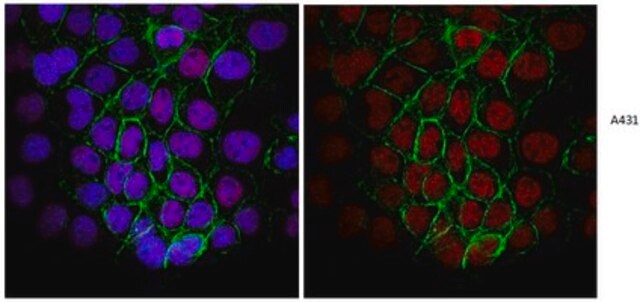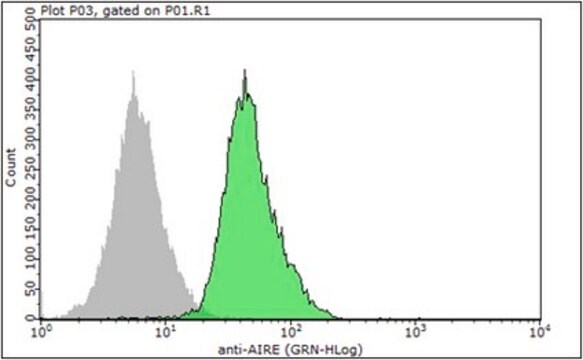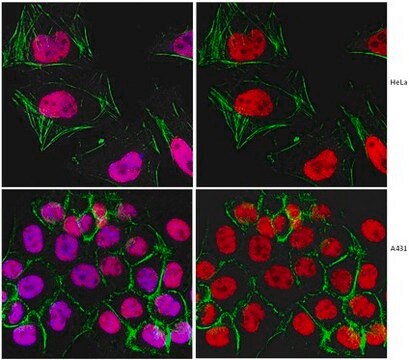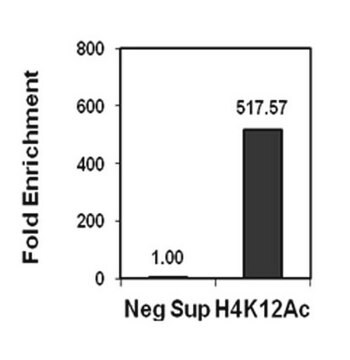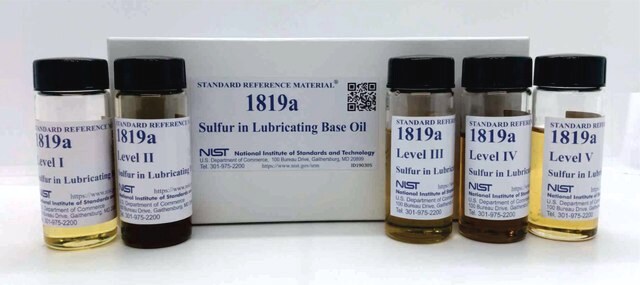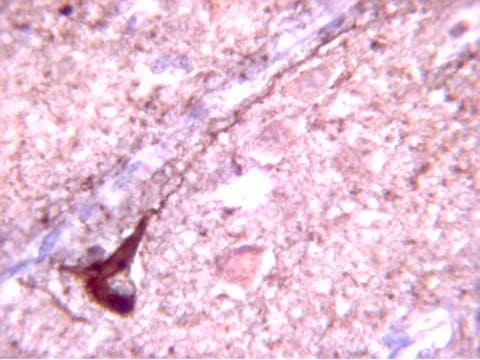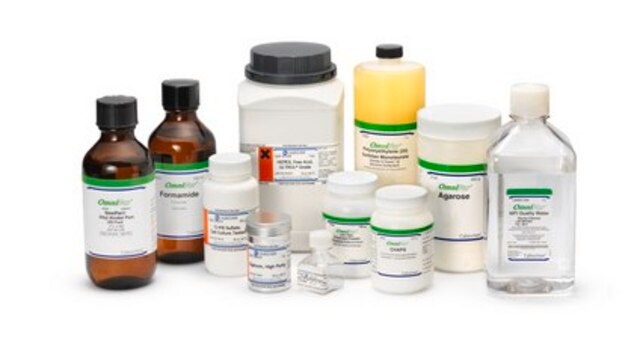04-1481
Anti-RPA2 p34 Antibody, clone RPA20 1-46
from mouse, clone RPA20, clone 1-46
Synonym(s):
RF-A protein 2, RP-A p32, RP-A p34, Replication factor A protein 2, replication protein A2 (32kD), replication protein A2, 32kDa, Replication protein A 32kDa subunit, RF-A, replication factor-A protein 2, p32, p34, RPA2, REPA2, RPA32.
About This Item
Recommended Products
biological source
mouse
Quality Level
antibody form
affinity isolated antibody
antibody product type
primary antibodies
clone
1-46, monoclonal
RPA20, monoclonal
species reactivity
human, mouse
packaging
antibody small pack of 25 μg
technique(s)
western blot: suitable
isotype
IgG1κ
NCBI accession no.
UniProt accession no.
shipped in
ambient
target post-translational modification
unmodified
Gene Information
human ... RPA2(6118)
Related Categories
General description
Specificity
Immunogen
Application
Epigenetics & Nuclear Function
Cell Cycle, DNA Replication & Repair
Chromatin Biology
Quality
Western Blot Analysis: 0.5 µg/mL of this antibody detected RPA2 on 10 µg of HeLa cell lysate.
Target description
Physical form
Storage and Stability
Analysis Note
HeLa cell lysate
Other Notes
Disclaimer
Not finding the right product?
Try our Product Selector Tool.
Certificates of Analysis (COA)
Search for Certificates of Analysis (COA) by entering the products Lot/Batch Number. Lot and Batch Numbers can be found on a product’s label following the words ‘Lot’ or ‘Batch’.
Already Own This Product?
Find documentation for the products that you have recently purchased in the Document Library.
Our team of scientists has experience in all areas of research including Life Science, Material Science, Chemical Synthesis, Chromatography, Analytical and many others.
Contact Technical Service